Green coffee bean prices have surged to record highs as of March 2025, and the effects are rippling through every link of the coffee chain. From farmers and importers to roasters, cafes, and consumers, everyone is feeling the impact. This article explores the historical price trends of green coffee over the past decade, the drivers behind the recent price increases, and what experts predict for the next 10 years. We also examine how these price changes are affecting coffee roasters, importers, businesses, and your daily cup.
Historical Price Trends (2015–2025)
Over the last decade, green coffee bean prices have swung dramatically. In the mid-2010s, coffee was abundant and cheap on the global market. Arabica coffee futures (the benchmark for high-quality coffee) fell to under $1.00 per pound in 2018, the lowest levels since 2005. Plentiful harvests and a strong US dollar (weak Brazilian real) kept prices depressed in those years. Many coffee farmers struggled as the market faced a coffee glut.
However, the trend reversed as supply tightened. By late 2021, arabica prices had nearly doubled from their 2018 lows, breaching $2.50 per pound amid climate-related crop failures and rebounding demand. A severe frost and drought in Brazil – the world’s largest coffee producer – that year slashed output and helped push coffee to its highest prices in a decade. After a brief dip in 2022 (thanks to a better harvest), the market surged again. In 2024, coffee prices rocketed over 60%, reaching a 47-year peak of about $3.35 per pound in November 2024. That was the highest level since 1977, marking coffee as one of the year’s top-performing commodities.

The rally only accelerated into early 2025. By February 2025, coffee futures hit all-time highs, topping $4.00 per pound for the first time. In intraday trading, prices spiked even further – over $4.30/lb on a panic-driven day in February. This means green coffee beans in commodity markets are now roughly twice as expensive as they were just two years ago. Overall, from 2015 to 2025, coffee prices have risen from historic lows to historic highs in a rollercoaster fashion.
Why Are Green Coffee Bean Prices Rising?
Multiple factors have combined to create a perfect storm of rising coffee prices. Here are the key causes behind the surge:
Extreme Weather and Climate Change
Unpredictable weather has battered coffee-producing regions. Brazil faced severe droughts in 2023–2024 followed by rare frosts, stunting coffee crops. Vietnam (the top robusta producer) had its worst drought in 70 years in 2024, then destructive floods. Scientists warn that climate change is making such events more frequent, threatening up to 50% of current coffee-growing land by 2050.
Lower Production & Supply Shortfalls
Because of adverse weather, global coffee production has fallen short. Brazil’s 2023–24 harvest dropped by as much as 20% due to drought. Farmers in some regions delayed or defaulted on shipments, hoping for higher prices, which created short-term shortages. With stockpiles depleted, buyers are now bidding up prices to secure limited beans.
Rising Demand
While supply has been shaky, global demand for coffee keeps growing. Traditional markets like the U.S. and Europe remain huge consumers, and emerging markets are joining in. For example, coffee consumption in Asia (particularly China) has surged in recent years. Overall worldwide coffee demand has been rising ~2-3% annually, outpacing supply growth during poor harvest years.
Supply Chain & Logistic Challenges
The COVID-19 pandemic and its aftermath disrupted global shipping and supply chains. Even in 2022–2023, issues like port congestion, container shortages, and high freight costs made it harder and pricier to get coffee from origin to market. These added costs trickle down, effectively raising the price of green beans delivered to roasters. New import regulations (such as the EU’s deforestation-free requirement in 2025) are adding compliance costs as well.
Commodity Market Dynamics
The financial side of coffee trading has amplified the price swings. As prices started climbing, some coffee traders with short positions faced margin calls, forcing them to buy back futures and driving prices even higher. There’s also an element of market panic and speculation – news of shortages led many buyers to scramble and pay more, further boosting prices.
Impact on Coffee Roasters, Importers, and Businesses
The price spike is dramatically affecting those who buy and trade green coffee.
Importers and Coffee Traders
Coffee importers and traders are facing much higher costs to source beans. In the U.S., import prices jumped 65% from 2021 to 2023, squeezing the profit margins of importers who supply nearly all the country’s coffee. Some trading firms have even been pushed into financial distress.
Roasters
Roasters – who buy green beans to roast and sell – are feeling an acute pinch as well. Many roasters have slashed their purchasing to minimal levels, buying “hand to mouth” only what they need immediately. Some have been forced to raise prices or alter blends to use more affordable robusta beans.
Coffee Shops and Retailers
For coffee shops and retailers, the rising cost of beans is leading to higher menu prices. Consumers have started to notice price hikes at their favourite cafes and in grocery stores, with some cafes charging $0.50 to $1.00 extra per cup compared to a year prior. Specialty coffee brands, which rely on high-quality arabica, are under pressure to justify higher costs while keeping customers loyal.
Future Outlook: Will Coffee Prices Stay High?
With coffee at record highs in early 2025, a big question is what happens next. Will prices come back down, or are we entering a new normal of expensive coffee?
Short-Term (1-2 Years)
Relief could be on the horizon if coffee harvests rebound. However, if climate patterns continue to misbehave, prices could stay elevated or even surge higher. Many analysts predict periodic price spikes will become more common due to supply chain disruptions and climate challenges.
Long-Term (Next 10 Years)
Looking further ahead over the next decade, the general consensus is that volatility will remain. Climate change, shifting global trade dynamics, and demand growth will continue to shape coffee prices. While new farming techniques and genetic improvements in coffee plants could help stabilise supply, the days of ultra-cheap coffee may be gone.
Sources
- Global coffee trade grinding to a halt, hit hard by brutal price hikesreuters.com
- What You Need To Know About the Rising Cost of Your Daily Coffeeinvestopedia.com
- Coffee Prices Just Hit a Record High - and They're Still Climbingfoodandwine.com
- Coffee Prices & Technology Summit’ Coming in OctoberDaily Coffee News
- Coffee Prices - 45 Year Historical Chartmacrotrends.net
- Coffee Economics with Karl: Where Does the C Price Come From? + Differentials
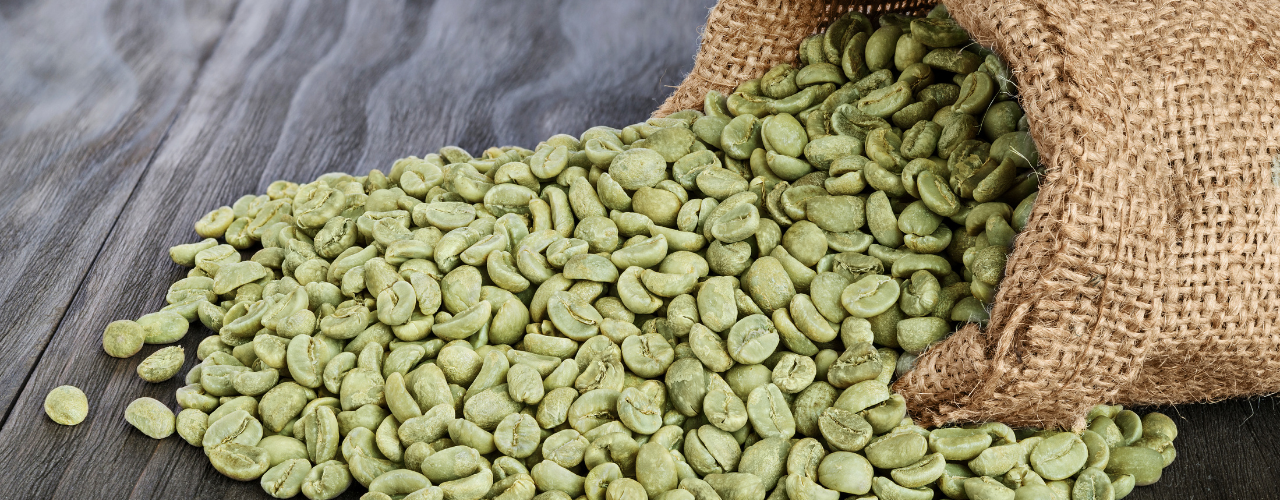

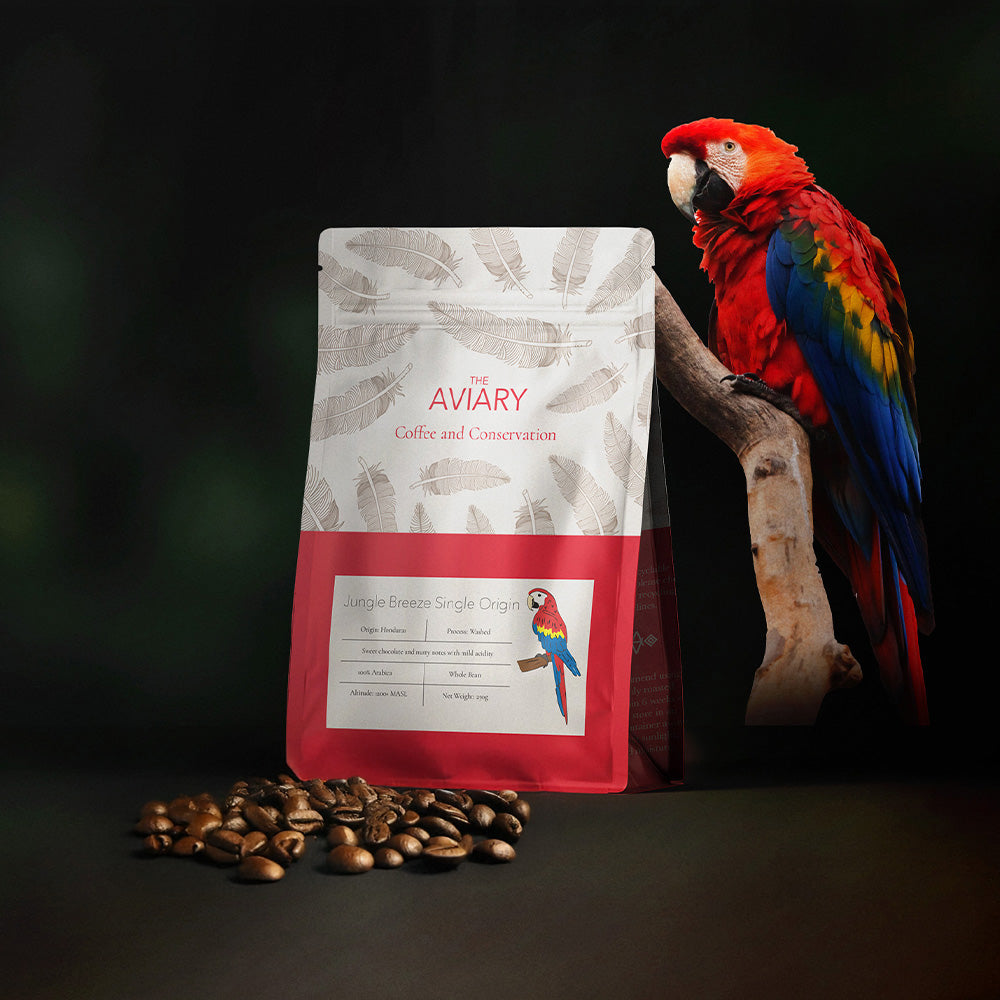

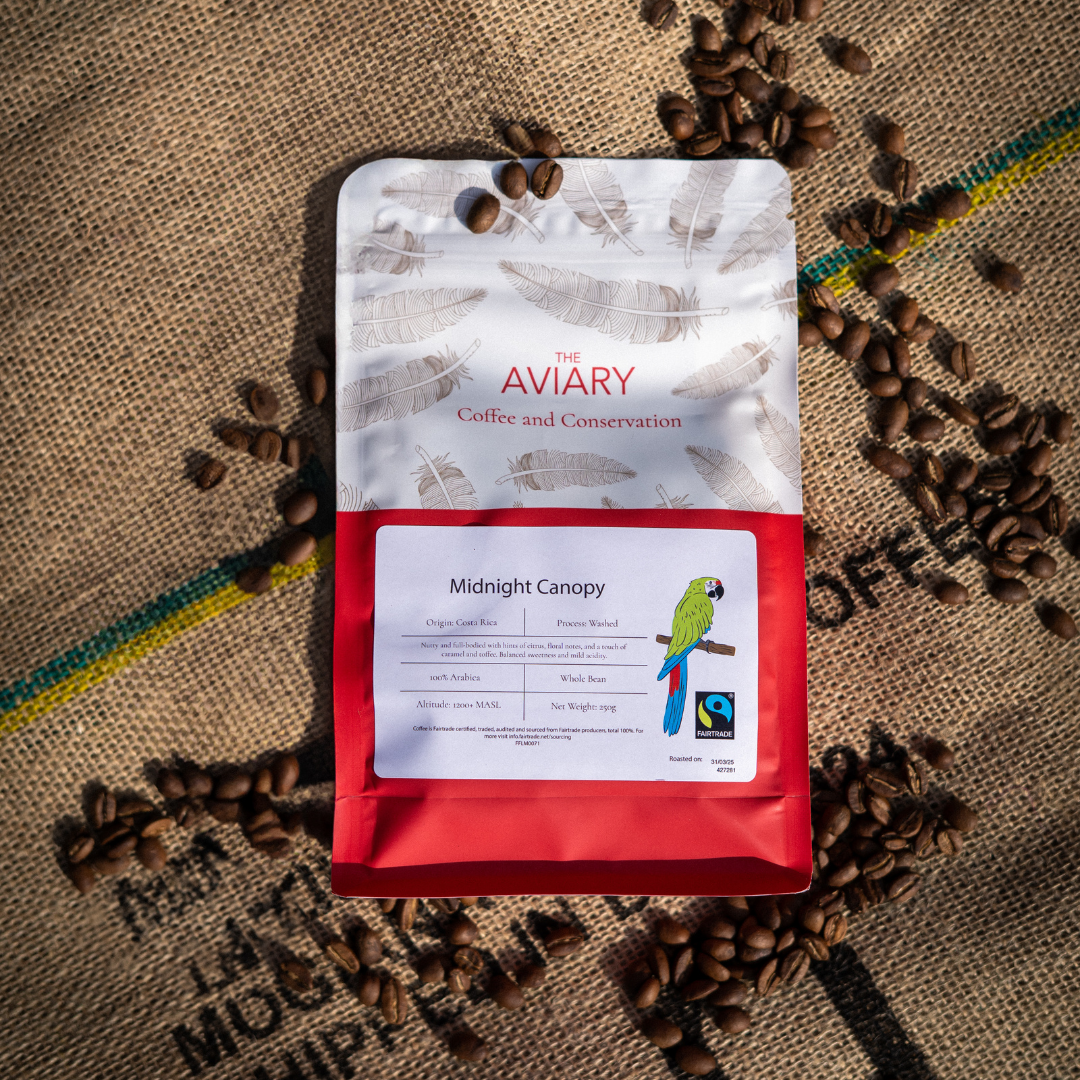
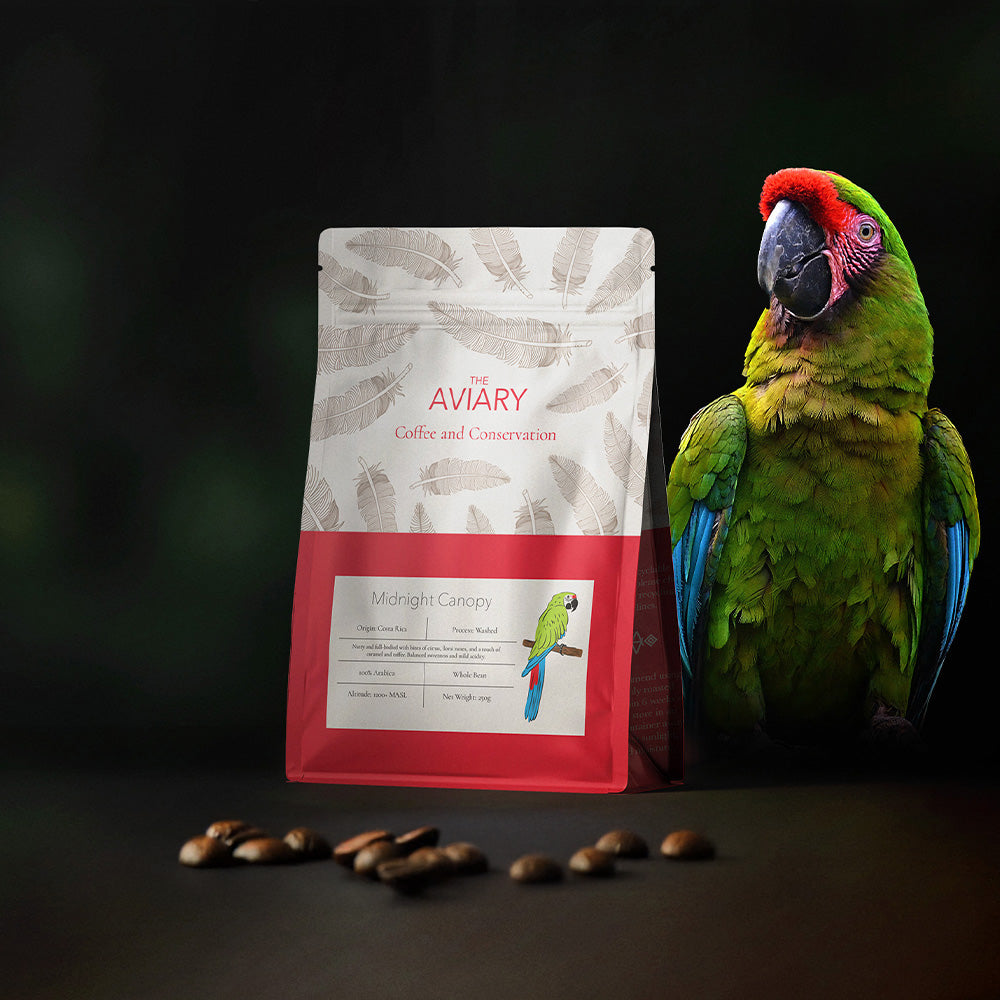
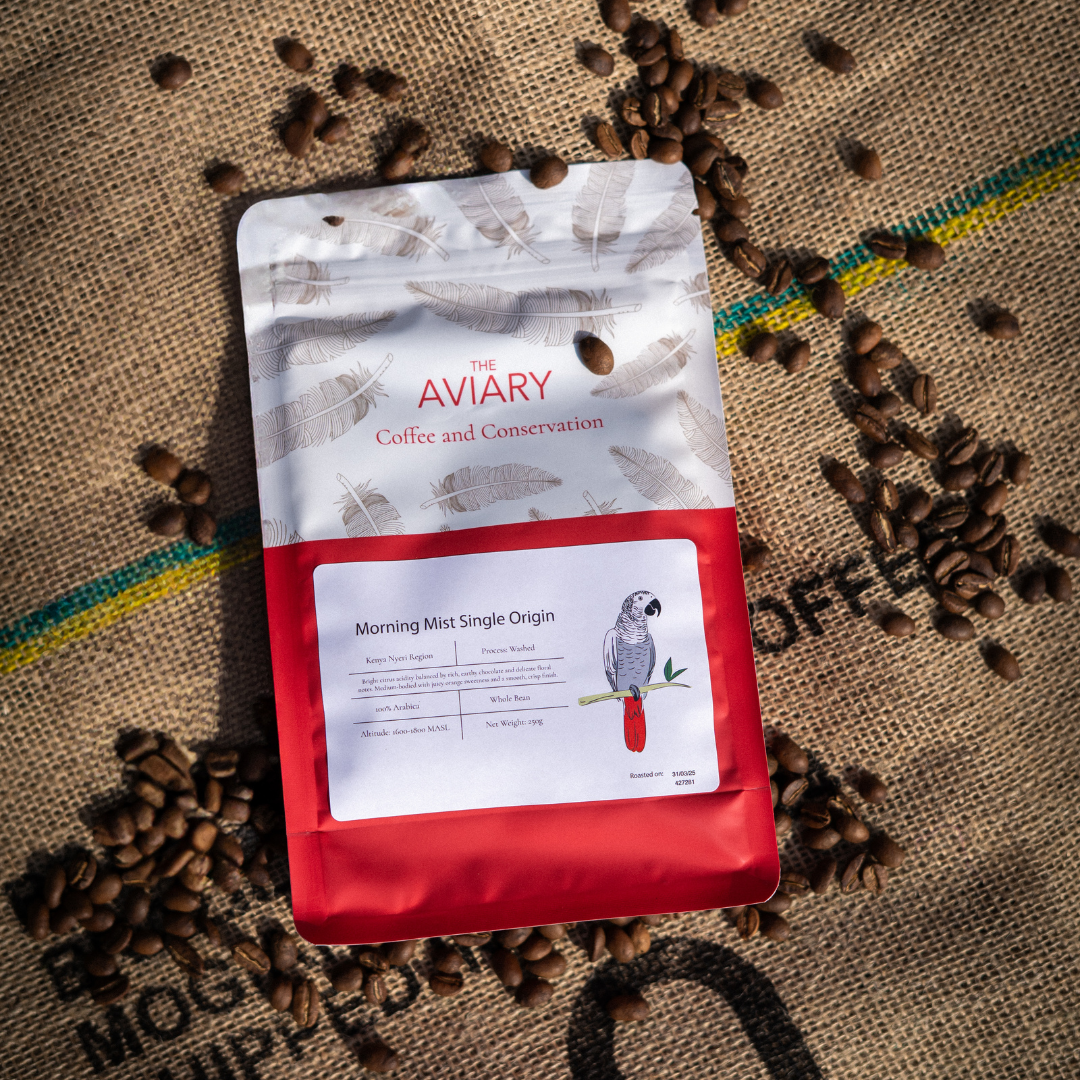
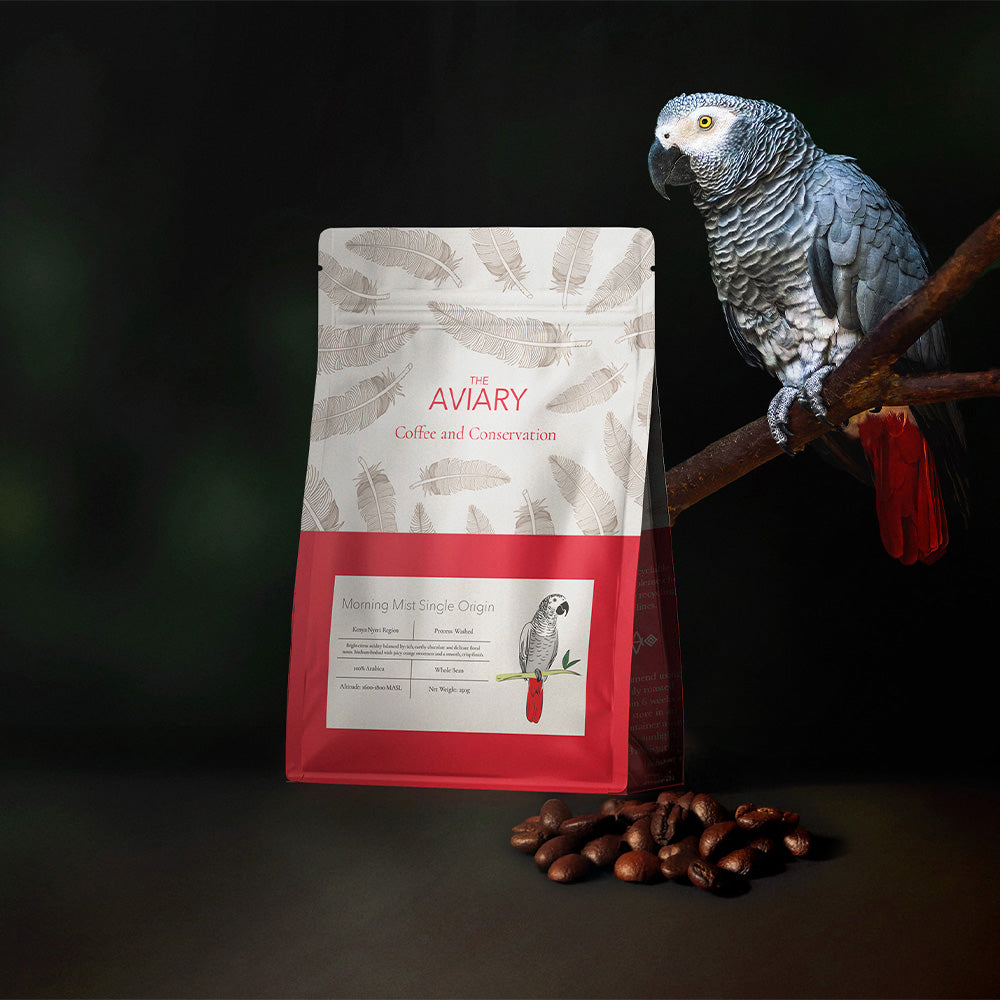

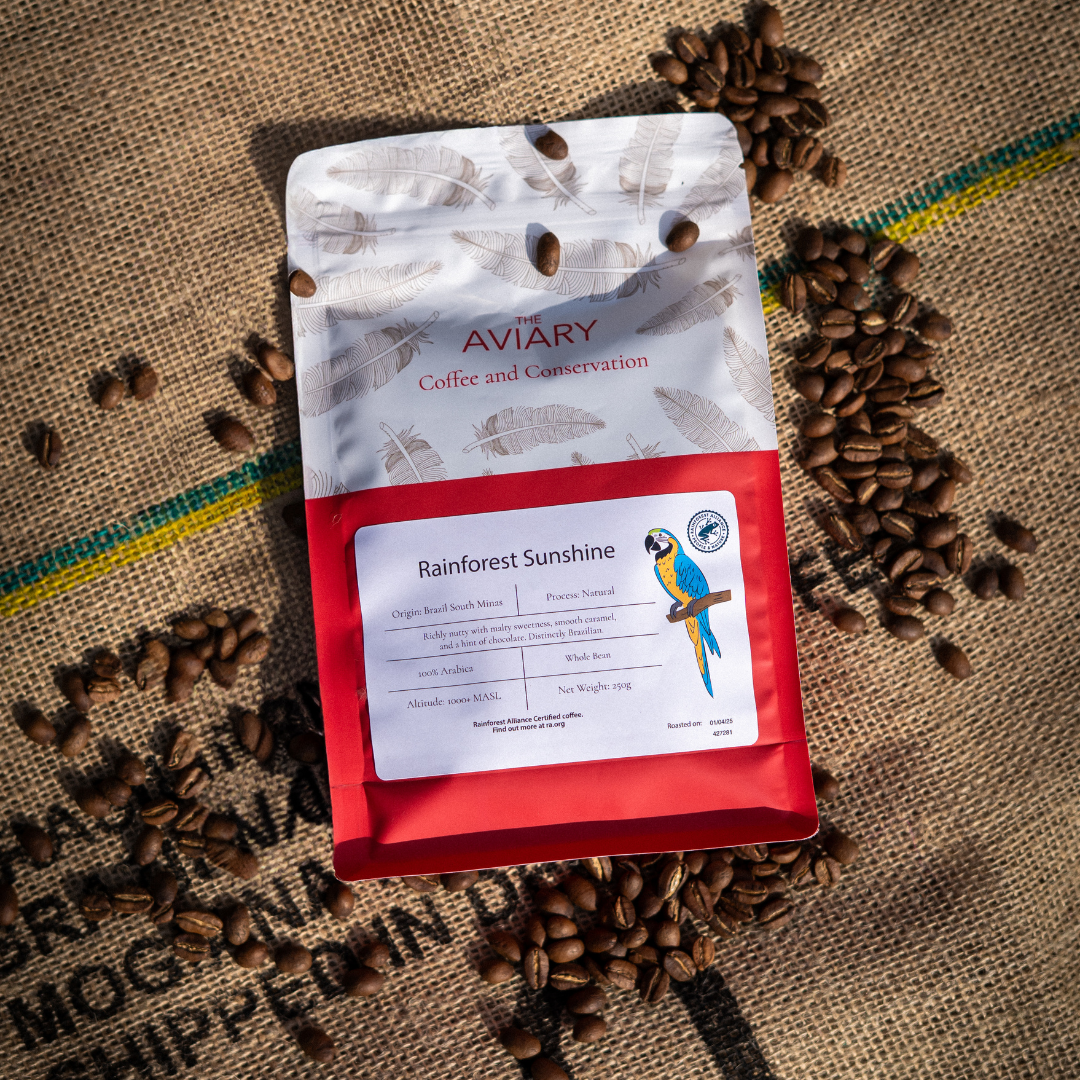
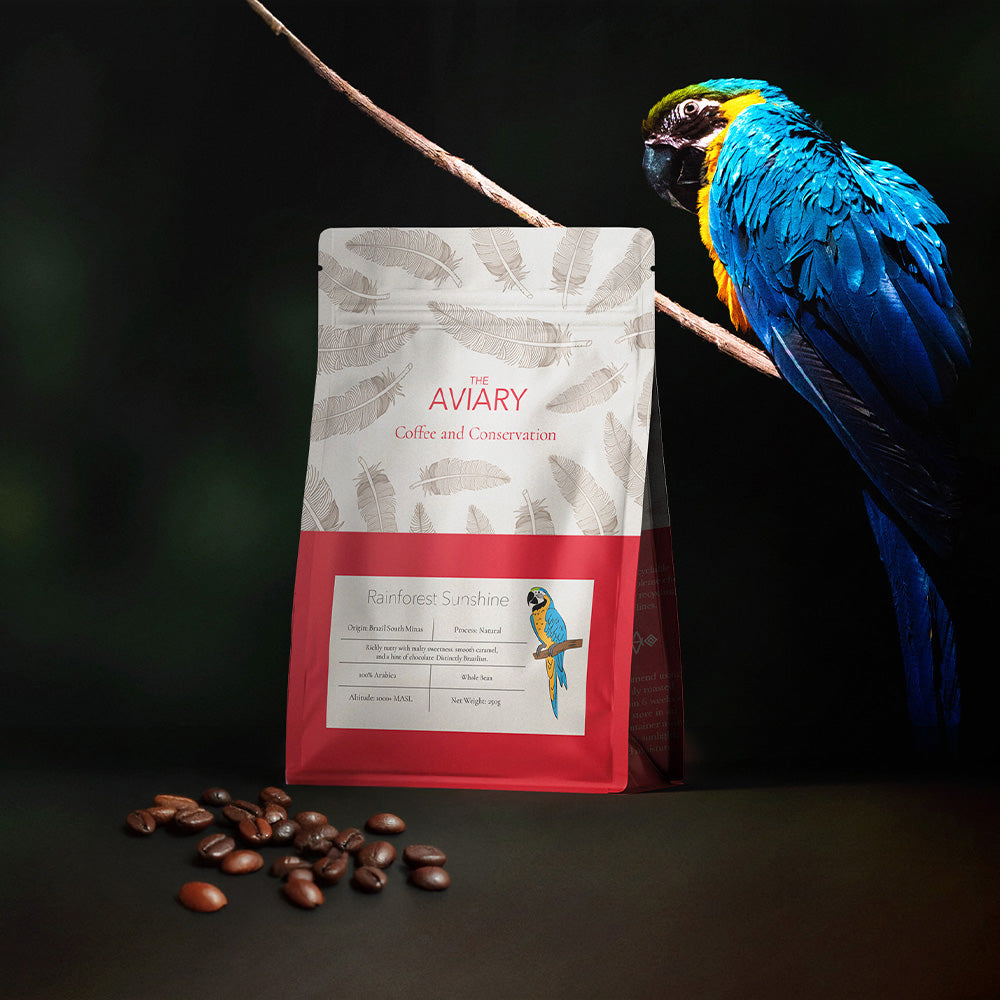


0 comments